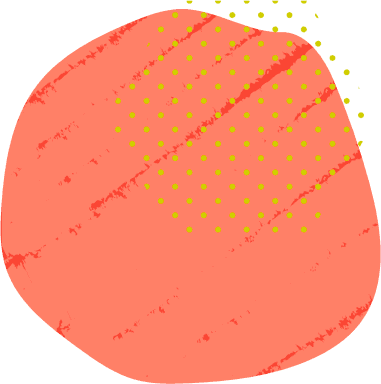In QCE Chemistry, you will need to be able to identify structural isomers as compounds with the same molecular formula but different arrangement of atoms; deduce the structural formulas and apply IUPAC rules in the nomenclature for isomers of the non-cyclic alkanes up to C6.
What are Isomers?
They are chemical compounds with the same chemical formula. They can fall into two categories, structural or stereoisomers.
This video will explain this concept.
What are the different types of structural isomers?
This video will explain chain isomerism.
This video will go through position isomerism.
This video will go through functional group isomerism.
Additional Information
Structural isomers are molecules that have the same chemical formula, but the atoms are arranged in a different order. This difference in arrangement results in distinct physical and chemical properties. Structural isomers can be classified into several types, including constitutional isomers, stereoisomers, and geometric isomers.
Constitutional isomers, also known as skeletal isomers, have the same molecular formula, but different connectivity between the atoms.
Stereoisomers are structural isomers that have the same connectivity but different spatial arrangements of atoms. An example of this is the relationship between glucose and fructose, both of which have the same chemical formula, but different arrangements of the atoms.
Geometric isomers are a specific type of stereoisomers that occur when a molecule contains one or more double bonds. These isomers differ in the spatial arrangement of atoms around the double bond.
In summary, structural isomers are molecules that have the same chemical formula but different arrangements of atoms, which leads to distinct physical and chemical properties. Understanding these different types of isomers is essential for understanding the chemical behaviour of molecules and for the development of new materials and drugs.
If you’re looking for more QCE Chemistry content, head here!






